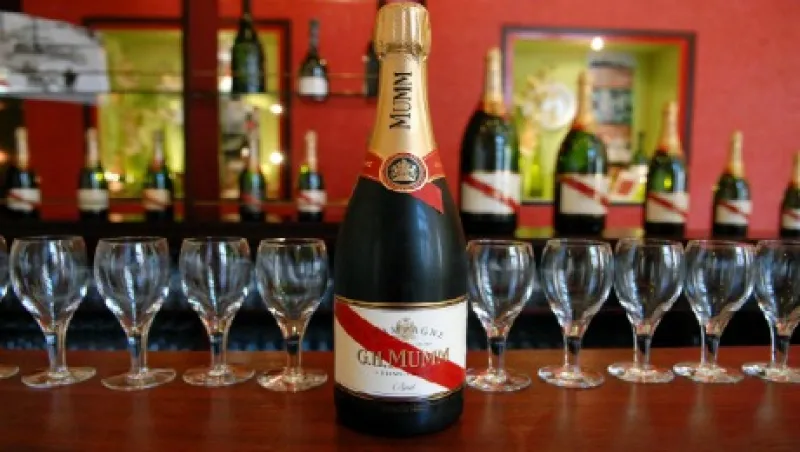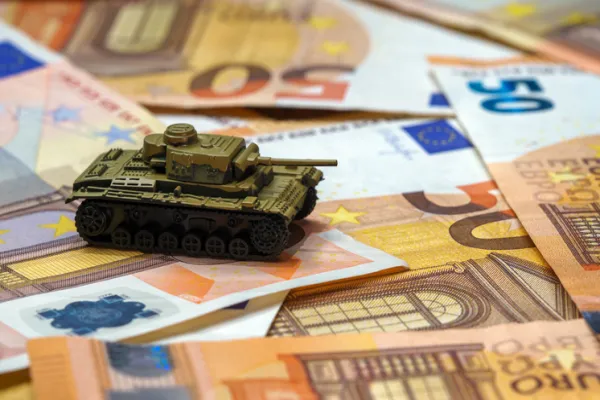As portfolio managers draft their year-end investor letters the open question is whether 2015 will be the year that normalcy returns to the yield curve. After last week’s revisions, U.S. real gross domestic product was up 5 percent for the third quarter, while revisions to growth estimates for the same period in Japan and the U.K. shrank. This positive news for the U.S.’s economy and the dollar appears to be contributing to a very bearish mood for bond markets, as Federal Reserve tightening appears assured. As investors brace for likely divergence in central bank policy, many analysts and strategist have noted that this expectation for higher yields may signal a higher volatility regime for financial assets broadly.
Ruling Greek coalition fails to secure enough votes in election. The government of Prime Minister Antonis Samaras was unable to secure the necessary parliamentary support in the third and final round of voting today to install a new regime, necessitating the dissolution of the legislative branch. Samaras is pushing for a January 25 snap election date. The political toss-up in Greece presents a major challenge for regional sentiment, as euro-skeptic parties press to renegotiate the terms of lending facilities from the European Union and the International Monetary Fund. According to the most recent opinion polls, radical left-wing opposition party Syriza leads Samaras’s New Democracy by 3.3 percent. The Athens Stock Exchange benchmark equity index traded more than 10 percent lower in the immediate aftermath of the parliamentary results before staging a modest rebound.
Oil rises on back of Libya crisis. Brent crude oil futures rose marginally in trading sessions this morning as investors gauged the impact of damage to the port of Es Sider caused by battles between government forces and militants. Es Sider is Libya’s largest port with storage capacity for over 6 million barrels and the full impact of fires at three of the primary tanks there remains unknown. West Texas Intermediate grade contracts also rose in electronic trading this morning.
Japanese parliament approves fresh stimulus. Japan’s national Diet voted in support of a $29 billion spending package introduced by the administration of Prime Minister Shinzo Abe. With a combination of public works, regional investment and subsidized small business lending, the package is intended to help offset the impact of sales tax increases. The new spending provisions will be subject to a parliamentary vote as part of a new overall budget due from the Cabinet by January 9.
Silver lining appears in Germany. Jens Weidmann, president of Germany’s Bundesbank, was quoted in newspapers as saying that the nation’s economy would improve more rapidly than previously estimated in the coming year. In addition to expressing confidence that the low cost of oil would have a net-positive impact on growth, Weidmann reiterated strong opposition to any fresh purchase facility for sovereign bonds by the European Central Bank. Weidmann is a member of the ECB’s governing council.
Portfolio Perspective: The Market for Bubbly — Derek Holt, Scotiabank
The busiest industry this week will likely be makers of bubbly. Of course, as you raise your glasses, I know you’ll be asking yourself “Gee, I wonder what economists have to say about how the champagne industry is doing.”
Well how nice of you to ask.
Suffice it to say that elements of the industry have been a tad challenged over the crisis period. Sales of champagne from its namesake Champagne region of France, with its 300 houses and 15,700 vineyard growers peaked in 2007. Apparently weak economies have given less reason to celebrate. Like many others, the industry has also suffered from a supply glut in recent years. Unlike many other industries, however, that may actually be about to worsen further. That’s because in 2007 — when sales peaked and supply shortages were the concern — the Champagne region approved more planting of vineyards starting next year. To absorb that new supply, producers had better hope that Europe’s economy goes on the mend and soon. Of the shipments coming out of the Champagne region, 55 percent is consumed in France. Forty-five percent of the production is exported, with the U.K., U.S., Germany, Japan and Belgium the five biggest export markets in that order. In ex-Japan Asia, China may be buying up high-end French wines but it doesn’t even make it into the top ten of export countries for Champagne, despite a rapidly growing consumer class. Europe is therefore dominant as a share of Champagne sales, as many of its champagne houses suffer from poor export orientation. The other challenge for the Champagne houses is that sparkling wines produced elsewhere have long been on the rise. In fact, true Champagne only accounts for about 13 percent of world consumption of all sparkling wines.
Derek Holt is a vice president in capital markets research at Scotia Economics, part of Scotiabank, in Toronto.






